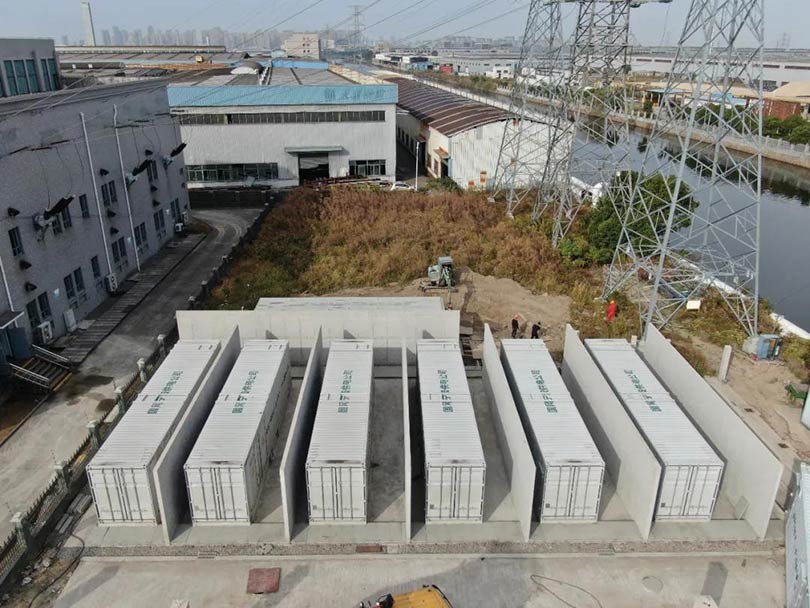2020年美国40%电力将由天然气提供
日期:2020-02-07 来源:中国石化新闻网
据钻机地带2月5日消息称,自2008年以来,页岩革命使美国天然气产量增长了60%,日产量达到950亿立方英尺。长期以来,天然气价格一直处于高位且波动较大,在“页岩时代”已经变得较低且稳定。此外,天然气的二氧化碳排放量比煤炭少50%左右,而且几乎没有什么地方污染物可以净化城市中朦胧的天空。事实上,国际能源署认为,美国比其他任何国家都能更快地减少温室气体排放。
因此,美国的天然气发电能力和发电量有了很大的提高。天然气正在向产能的50%迈进,到2020年将占美国电力的近40%,是10年前的两倍。
天然气也是间歇性可再生能源的首选备用能源。事实是,即使在好天气,这些能源的产能系数也在30%左右,因此将天然气作为清洁可靠的补充燃料往往成为常态。
事实上,即使是那些有着看似不切实际的可再生能源目标的州也需要大量的天然气。例如,在2018年,马萨诸塞州近70%的电力来自天然气,加利福尼亚州50%,纽约州40%。美国能源情报署和国际能源署都将天然气作为美国和全球电力行业通过削减温室气体排放来实现可持续发展的基石。
美国能源情报署预计,到2050年,天然气发电将占美国发电总量的40%左右。但实际上可能更多。天然气预计将增加约23.5万兆瓦的新产能,是风能的8倍,比太阳能多35%。美国新建的天然气产能是有史以来效率最高的,这些工厂投产后将继续运转数十年。(曹海斌 摘译自钻机地带)
原文如下:
Natural Gas to Drive 40 Percent of 2020 US Electricity
Since 2008, the shale revolution has boomed U.S. natural gas production 60 percent to 95 Bcf/d. Long high and volatile, gas prices have become low and stable in the “shale-era.” Further, gas emits some 50 percent less CO2 than coal and has very few local pollutants to clear hazy city skies. In fact, IEA credits shale gas for the U.S. cutting emissions faster than any other country.
Thus, there has been a great rise in U.S. gas power capacity and generation. Gas is extending toward being 50 percent of capacity and will generate almost 40 percent of U.S. electricity in 2020, or double its share from a decade ago.
Natural gas is also the favored backup source for intermittent renewables. The reality is that these sources have capacity factors in the 30 percent range even on good days, so turning to gas as a clean and reliable fill-in often becomes the norm.
Indeed, even those states with seemingly unrealistic renewable goals still require loads of gas. In 2018, for instance, gas supplied nearly 70 percent of power in Massachusetts, 50 percent in California, and 40 percent in New York. Both EIA and IEA have gas as a cornerstone in the U.S. and global power sectors seeking sustainability by slashing greenhouse gas emissions.
EIA has gas maintaining a 40 percent share or so of U.S. power generation through 2050. But it could actually be much more. Gas is expected to add some 235,000 MW of new capacity, eight times more than wind and 35 percent more than solar. New U.S. gas capacity is some of the most efficient ever built, and these plants will remain operable for decades after coming online.
返回 国际能源网资讯 首页
能源资讯一手掌握,关注 "国际能源网" 微信公众号
看资讯 / 读政策 / 找项目 / 推品牌 / 卖产品 / 招投标 / 招代理 / 发文章
扫码关注
免责声明:本文仅代表作者本人观点,与国际能源资讯网无关,文章内容仅供参考。凡本网注明"来源:国际能源资讯网"的作品,均为本站原创,转载请注明“来源:国际能源资讯网”!凡本网注明“来源:XXX(非国际能源资讯网)”的作品,均转载自其它媒体,转载目的在于传递更多信息,并不代表本网赞同其观点和对其真实性负责。
如因作品内容、版权和其它问题需要同本网联系的,请在相关内容刊发之日起30日内进行,我们将第一时间进行删除处理 。联系方式:400-8256-198
共0条 [查看全部]
相关评论











